There can only be…two?
In the world of practical shooting competition, there are two major organizations: the International Defensive Pistol Association (IDPA) and the United States Practical Shooting Association (USPSA).
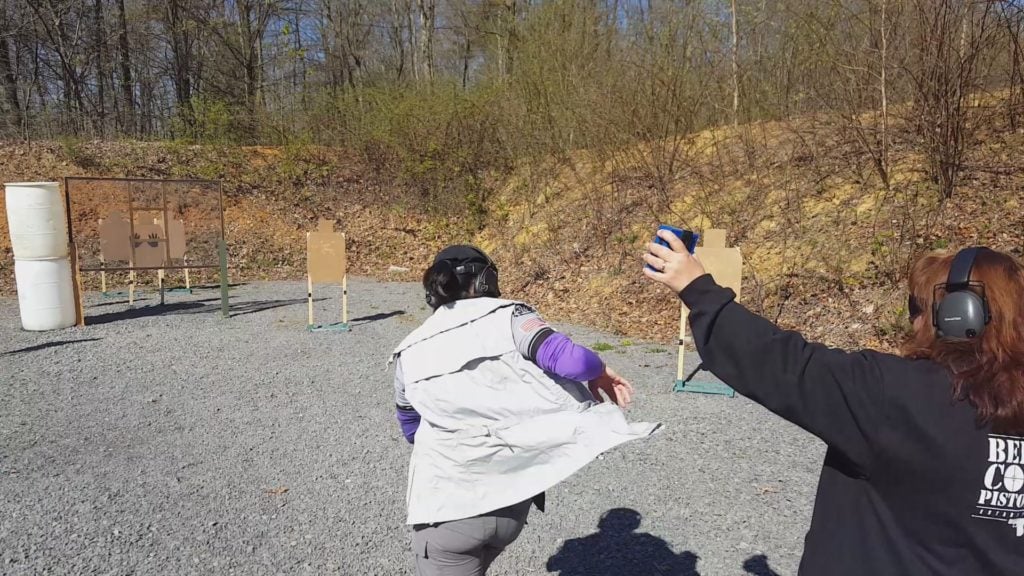
Both are exceedingly popular (in fact, they’re two of the largest competitive shooting organizations of all kinds, not just practical shooting), so it can be tough for prospective competitors to figure out which competition is right for them.
Good thing you’ve got this guide, huh?

I’ll walk you through the similarities and differences between the two organizations to help you figure out if you want to compete with one or the other or even both.
Let’s start with the basics.
Table of Contents
Loading...
Procedures
At their core, both IDPA and USPSA are practical shooting competitions meaning that competitors try to balance speed and precision, trying to shoot as quickly yet accurately as possible, on a non-traditional course that’s basically an obstacle course for shooters. How they go about testing that skill is quite different, however.

IDPA competitions are primarily in the Self-Defense Format. These matches are intended to simulate real-world self-defense situations.
To do so, they require competitors to shoot anywhere from three to twenty yards and typically ask the shooter to change firing point and shooting position throughout their round. Shooters may have to reload during the match and must do so behind cover.
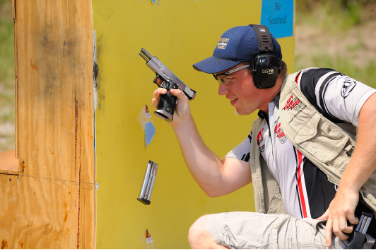
Scenarios are typically based on real-life situations like carjackings, convenience store robberies, and more, and are sometimes even based on real crimes pulled from the news. Self-Defense matches frequently require shooters to shoot from odd angles and in awkward positions.
USPSA competitions, however, are more freestyle. Shooters are given a line or box that they can move along or within at their discretion to engage with the different targets.
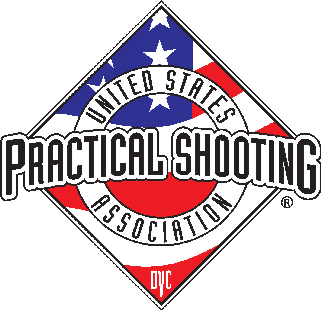
Particular shooting positions are not required, though the layout of the course may encourage particular shooting locations or positions. Targets are hit on an “as and when visible” basis.
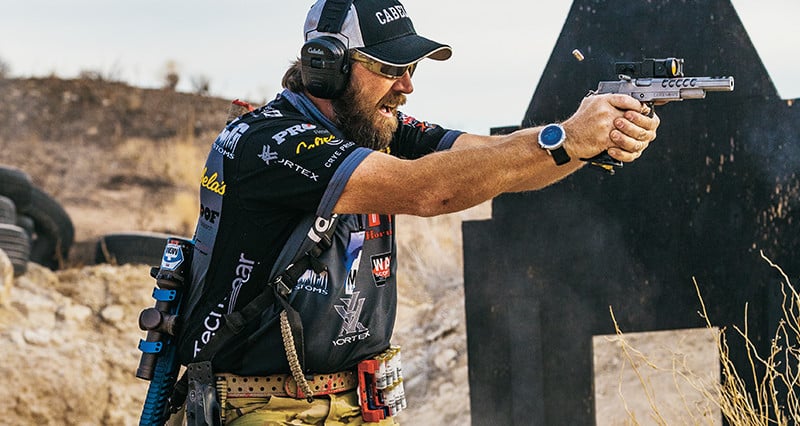
Reloads are not required but shooters will have the option to reload, though they may be restricted to designated times during the stage
In both IDPA and USPSA, targets are typically a mix of paper and steel.
Both organizations also offer other formats as well, but those are the main ones.
For example, both also offer Standard Exercise Formats, which are designed to test specific gun skills like drawing, strong and weak hand shooting, and sighting, and must be shot in a specific way so that everyone is on a level playing field, and completing the stage in the same way.
Scoring
IDPA scoring is pretty straightforward.

It just takes your raw time, meaning the time it to you to actually complete the course, then adds on time using a formula based on accuracy. As you would imagine, greater accuracy means less time added and lower accuracy means more time added.
USPSA scoring is a little more complicated. Before you even shoot, you need to know your round’s power factor.

You can figure it out by multiplying your bullet’s weight by its velocity, which officials will measure using a chronograph, then dividing the product by 1000. Power factor is used to reward shooters using ammo that gives more recoil.
Confused? You can read more about power factor here.

After you’ve shot, officials can calculate your hit factor, or final score, by taking the number of points you’ve scored, adding time for your penalties with the amount of time added being based on your power factor, then dividing the sum by your time.
Firearms & Equipment
IDPA has eight different divisions of competition:
- Stock Service Pistol
- Enhanced Service Pistol
- Custom Defensive Pistol
- Compact Carry Pistol
- Revolver
- Back-Up Gun
- Pistol Caliber Carbine
- Carry Optics
The Revolver division is further broken down into Stock Revolver and Enhanced Revolver sub-divisions, and the Back-Up Gun division is further broken down into Semiauto and Revolver sub-divisions.
USPSA competition includes several of each handgun, rifle, and shotgun only divisions, as well as multi-gun divisions where competitors shoot all three. You can learn more about the various USPSA divisions in our guide to the subject.
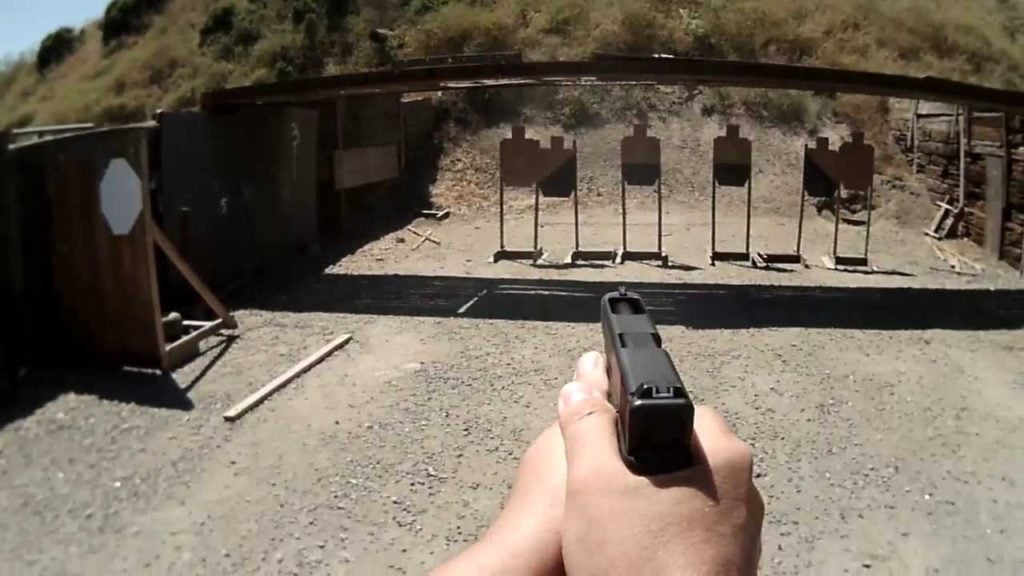
For both IDPA and USPSA, each division has its own restrictions on the firearms used, with limitations placed on power factor, caliber, modifications, weapon dimensions, accessories permitted, and the number of rounds allowed.
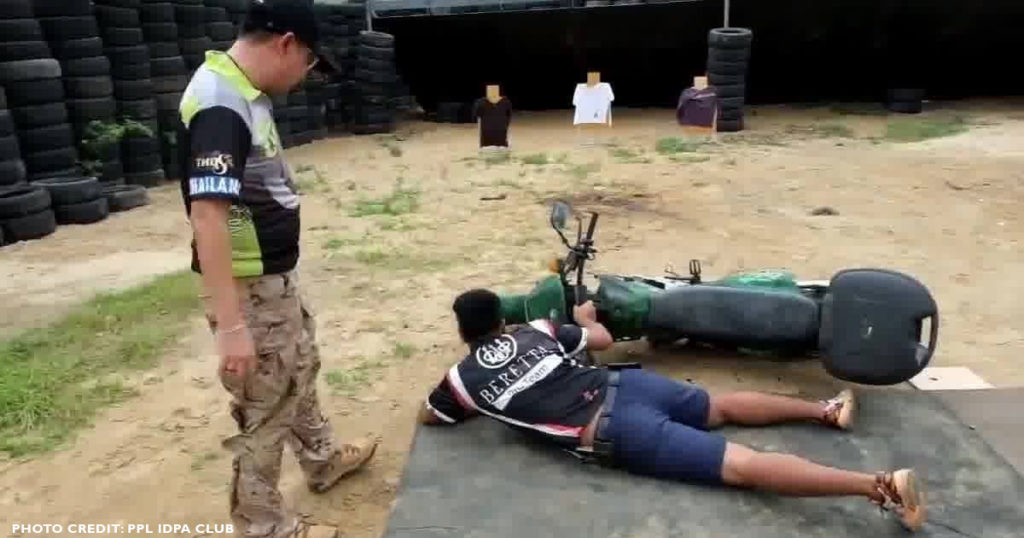
IDPA limits equipment to the types of things you’d have on you in the sort of defensive situation they seek to recreate, so shooters typically use a concealed carry holster (in fact, concealed carry holsters are required, and shooters typically have to start stages with their gun concealed) with an EDC carry belt and carries only minimal spare magazines.
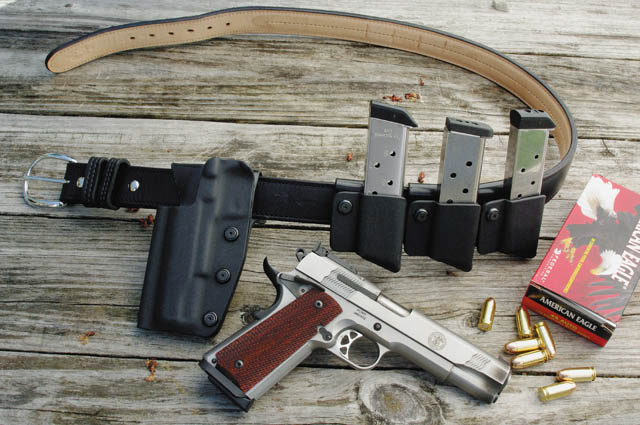
USPSA provides a lot more freedom for the guns and gear you use, though there are of course still limitations.
In addition, USPSA competition typically requires more rounds than IDPA competition, so it’s not uncommon for competitors to have several magazines and a very sturdy shooting belt to support them. Shooters typically used dedicated competition holsters.
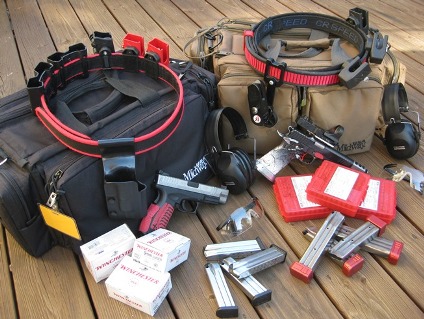
For either competition, you’ll want to make sure your equipment is secure and doesn’t impair your mobility since you never know what positions and angles you’ll have to shoot from.

To decide what firearm and gear you want to use, find a range that rents and try a bunch of things out so you can decide what works best and is most comfortable for you. You’ll also want to try out different positions and holster types, such as appendix, small of the back, and OWB.
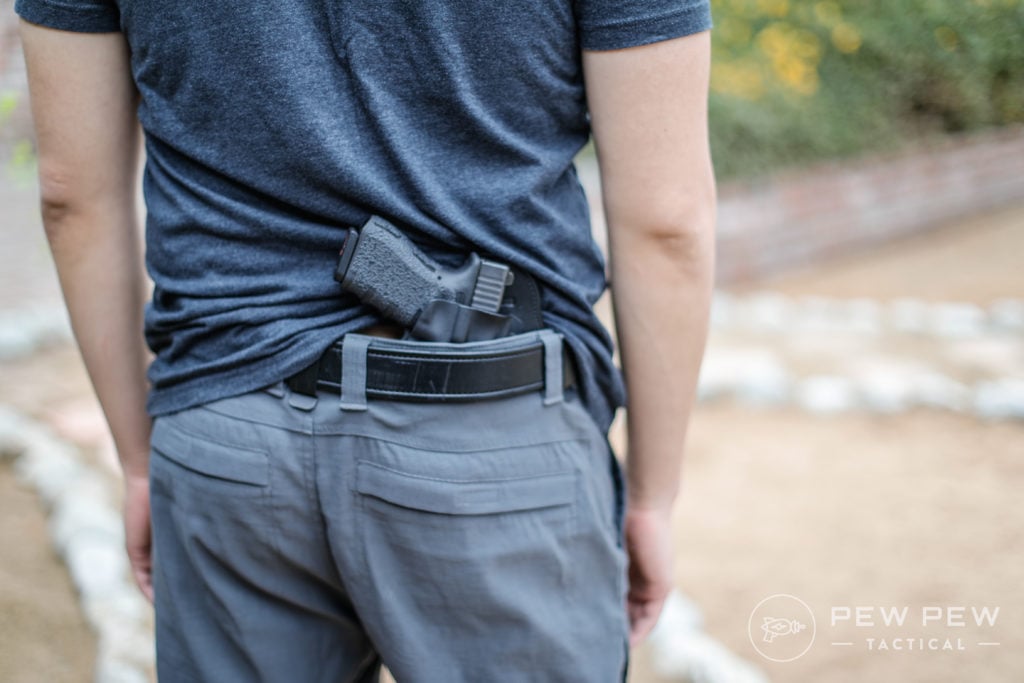
Just keep in mind the rules of whatever division you want to compete in to make sure you’re not wasting time and money on things that aren’t allowed anyway.
You’ll also want to try different carry positions
Is IDPA or USPSA Right for You?
That about wraps things about.
Of course, this isn’t a complete accounting of the differences between the two organizations and their competitions, but hopefully by now you’ve at least got an idea of the basics of each.
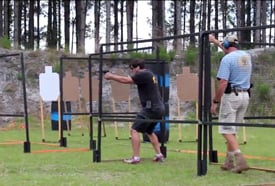
Both styles of competition can be a lot of fun and which one you should go for just depends on which seems like more fun to you.
If you’re still not sure, check out some videos or, even better, go out to some IDPA and USPSA competitions near you to watch the action in person. Most competitors will be happy to talk to you about their experiences.

Of course, you can also do both, though it may be best to get a good grip on one before picking up the other to make sure you’re not getting overwhelmed or confused learning and keeping straight the rules for both styles of competition.
Once you decide which one you want to pick up, you’ll need to enroll with the respective organization via their website before you can compete then, leading up to your first competition, be sure to take time to practice both speed and accuracy. Make shooting drills are your best friend. You can even do dry fire drills on days you can’t make it to the range.

Don’t worry if you’re new to either competition and aren’t sure exactly how to complete the stage or are confused about the rules. Range officials and other competitors are typically more than willing to walk you through it as long as you have a good attitude.
So does IDPA or USPSA stand out to you? Do you have experience with either or even both? Share your thoughts and experiences in the comments, and for yet another type of practical shooting competition, check out our guide to Cowboy Action Shooting (CAS), or learn about starting shooting competition in general with our Competition Shooting Overview.
The post IDPA vs USPSA: What’s the Best Handgun Competition? appeared first on Pew Pew Tactical.